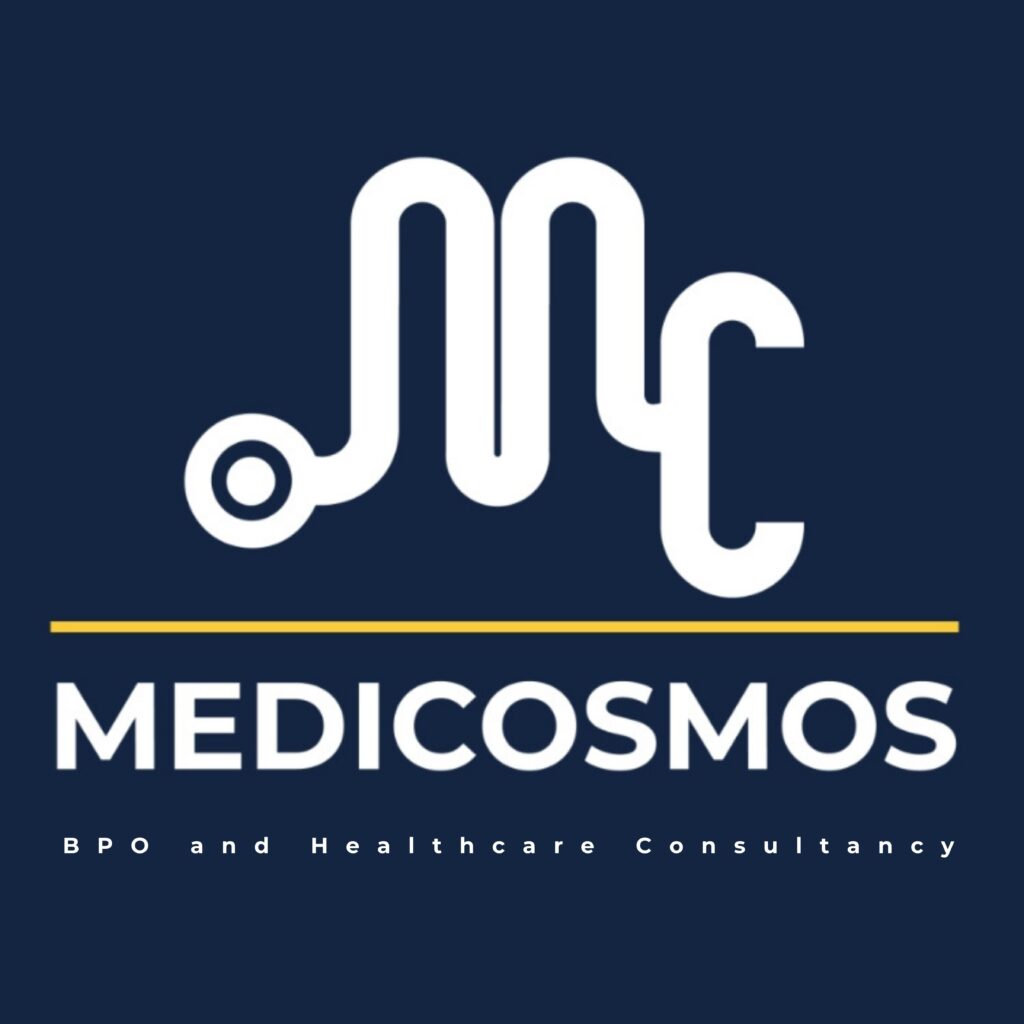
A Vital Component of Modern Healthcare
The Patient Management Department plays a critical role in ensuring seamless care delivery and improving patient outcomes. From onboarding and scheduling to referral coordination and patient engagement, the department is pivotal in bridging gaps between patients, healthcare providers, and operational processes. Furthermore, its integration with the revenue cycle underscores its importance in both patient satisfaction and organizational sustainability.
Key Responsibilities of a Patient Management Department
The responsibilities of a Patient Management Department encompass a wide range of functions designed to enhance patient experiences and healthcare efficiency. Here’s a breakdown of its primary duties:

Patient Onboarding and Scheduling
- Registering new patients with accurate data collection.
- Scheduling appointments and follow-ups to optimize care access and resource use.
Care Coordination
- Acting as a liaison between patients, providers, and ancillary services.
- Managing transitions of care, such as hospital discharge planning.
Referral Coordination
- Ensuring patients are directed to appropriate specialists or services.
- Tracking referral statuses, appointments, and outcomes for continuity of care.
- Communicating referral instructions clearly to patients.
Patient Engagement
- Educating patients about conditions, treatments, and preventive strategies.
- Managing timely communications like reminders and health updates.
Patient Information Management
- Maintaining accurate and up-to-date patient records.
- Ensuring compliance with data protection regulations such as HIPAA.
Quality and Satisfaction Monitoring
- Gathering patient feedback to improve services.
- Tracking and addressing satisfaction metrics to align care with patient expectations.
Financial Coordination
- Assisting with billing inquiries and insurance verifications.
- Educating patients about financial responsibilities, payment plans, and assistance programs.
Compliance and Risk Management
- Adhering to regulatory guidelines and minimizing operational risks.
- Supporting patient safety by reducing errors in administrative workflows.
Referral Coordination: A Key Function Within Patient Management
Referral coordination is central to patient management and directly impacts health outcomes and satisfaction. Effective referral coordination ensures timely access to specialists or services, reducing delays and improving continuity of care.
Responsibilities include:
- Contacting and scheduling with appropriate specialists.
- Monitoring referral completion and documenting results.
- Addressing barriers to referral compliance, such as financial or logistical issues.

The Revenue Cycle’s Interconnection with Patient Management
A healthcare organization’s revenue cycle and its Patient Management Department are deeply interwoven. The revenue cycle involves all processes related to generating, managing, and collecting revenue from patient services. Effective patient management significantly enhances the efficiency and accuracy of these processes, ensuring optimal financial outcomes.
How Patient Management Influences the Revenue Cycle
- Accurate Patient Registration Proper collection of demographic and insurance information minimizes claim denials.
- Insurance Eligibility and Pre-Authorization Verification of coverage and pre-authorizations streamlines billing and prevents rejections.
- Referral Documentation Comprehensive referral tracking ensures insurance compliance and seamless claim processing.
- Financial Transparency and Counseling Educating patients on their financial responsibilities enhances payment rates and satisfaction.
- Clinical Documentation Support Ensuring accurate records aids coding and billing, reducing errors in claims submission.
- Timely Claims Management Supporting follow-ups and resolving documentation gaps helps avoid delays in reimbursements.
- Patient Follow-Up and Billing Support Maintaining clear communication about outstanding balances supports collections.
Benefits of Strong Integration Between the Two
When a Patient Management Department effectively integrates with the revenue cycle, the benefits include:
- Reduced Claim Denials: Accurate and thorough documentation supports smoother claim processes.
- Improved Cash Flow: Efficient scheduling and financial counseling promote timely payments.
- Enhanced Compliance: Accurate records align with payer and regulatory requirements.
- Elevated Patient Satisfaction: Transparent processes foster trust and encourage patient loyalty.

Extended Scope of a Patient Management Department
Beyond core functions, modern patient management departments are increasingly involved in:
- Chronic Disease Management: Coordinating care plans for long-term conditions.
- Population Health Initiatives: Supporting preventive and community health programs.
- Social Support and Home Care: Linking patients with resources for holistic care delivery.
These expanded responsibilities reflect the growing emphasis on integrated, patient-centered care.
Conclusion
The Patient Management Department is an indispensable part of any healthcare organization, directly influencing patient experiences, operational efficiency, and financial stability. From referral coordination to its integral role in the revenue cycle, the department ensures high-quality, continuous care while safeguarding the organization’s fiscal health.
Are you looking for patient management solutions? Contact us today! Let us help streamlining your processes and enhance patient outcomes with customized solutions tailored to your needs.
References
- Dovetail. What is Healthcare Management? Responsibilities & Job Titles [Internet]. Available from: https://dovetail.com/patient-experience/healthcare-management/
- Conifer Health Solutions. Integration Strategies and Change Management: Enhancing Patient Services for a Seamless Revenue Cycle [Internet]. Available from: https://www.coniferhealth.com/knowledge-center/integration-strategies-and-change-management-enhancing-patient-services-for-a-seamless-revenue-cycle/
- Wisconsin Technical College System. Roles and Responsibilities of Health Care Professionals [Internet]. Available from: https://wtcs.pressbooks.pub/nursingmpc/chapter/7-4-roles-and-responsibililites-of-health-care-professionals/
- Revco Solutions. Aligning Your Revenue Cycle with the Patient Experience [Internet]. Available from: https://revcosolutions.com/aligning-your-revenue-cycle-with-the-patient-experience/
- Fremont University. Patient Care Manager Job Description [Internet]. Available from: https://fremont.edu/programs/college-of-healthcare/healthcare-management/patient-care-manager-job-description/
- Smart Data. What Role Does Revenue Cycle Management Play in Patient Satisfaction? [Internet]. Available from: https://www.smartdata-solutions.com/revenue-cycle-management-patient-satisfaction/
- The Center for Connected Health Policy. What is Care Coordination? [Internet]. Available from: https://www.cchpca.org/about/what-is-care-coordination/
- National Institutes of Health. Improving Referral Processes: Achieving Higher Quality at a Lower Cost [Internet]. Available from: https://pubmed.ncbi.nlm.nih.gov/27571928/
- Patient Safety Network. Referral Coordination to Ensure Seamless Care [Internet]. Available from: https://psnet.ahrq.gov/primer/referral-coordination-to-ensure-seamless-care
- Health Affairs Blog. The Importance of Financial Transparency in Patient Management [Internet]. Available from: https://www.healthaffairs.org/do/10.1377/forefront.financial-transparency-patient-management.2021/
